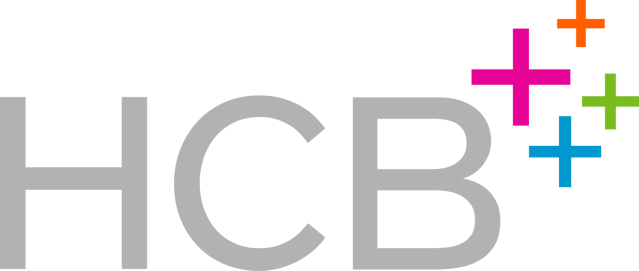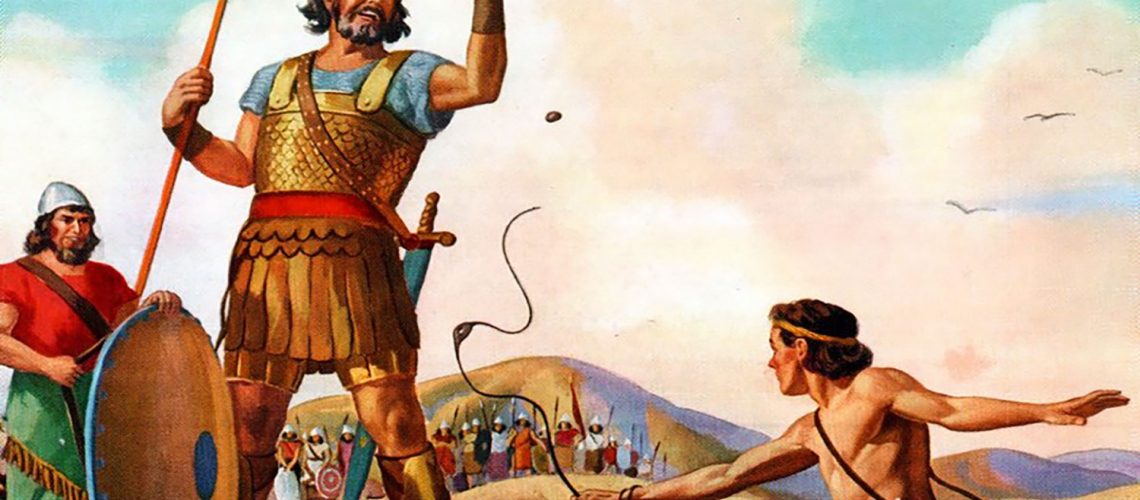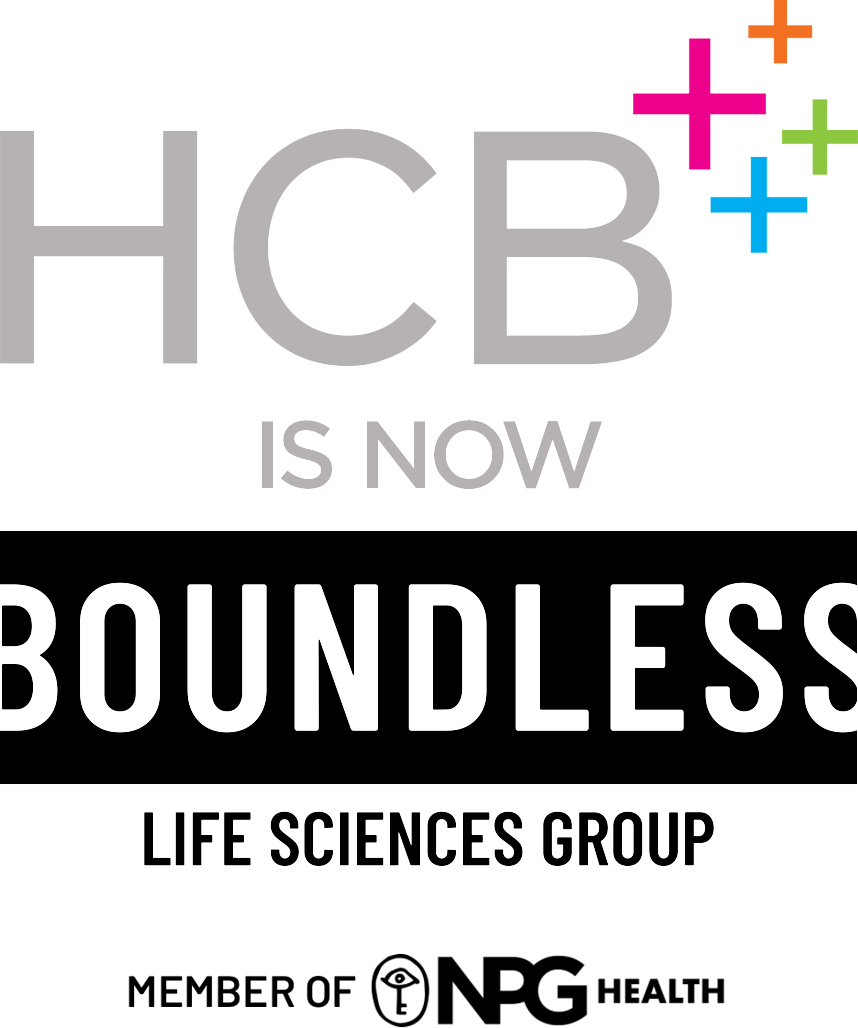Recently, Francesco Lucarelli teamed up with eyeforpharma to write about being an underdog in our industry. The piece sparked conversation amongst the agency regarding how underdogs can fight goliaths in specific areas like digital, media and creative.
We sat down with VP Media Strategy Dave Russell to talk through the age-old David vs. Goliath tale and how it relates to paid media within the medical advertising space.
What are the biggest advantages of being an underdog or upstart company working to break into a space owned by goliaths?
It comes back to the ability to not have as many parameters, rules or regulations. The boundaries are more open, you can be more entrepreneurial, more scrappy, you can get in and wrestle a little more than you can as a goliath. A goliath has certain images they need to keep up. You can kind of go out there and don’t have as many parameters or things you have to live by. You can go out there and do it more laissez-faire.
In the last decade, how have things changed for underdogs? Do you feel it’s easier to be an upstart today than it was 10-15 years ago?
It’s exponentially easier to be an underdog now because of technology. Through players like Google and Facebook and programmatic buying, it allows us to buy as efficiently and as effectively as the goliaths do. Twenty years ago, we would have never been able to do that.
Goliaths had exponentially greater buying power than we ever did, and they would use that buying power and take advantage of it in the marketplace. They would flex their muscle and force things onto publishers and players that would freeze out an underdog.
Now, with the technology of programmatic buying, we are able to get in and buy a lot of these things. There are still things that are very one-off and tent-pole opportunities that we might not get access to. But in general, we can buy the same media at the same cost in the digital world that a goliath could.
Technology has completely evened the playing field. Technology does not care if you are a goliath or underdog.
In your area of expertise, what’s the best way for an underdog to gain market share when up against a goliath?
The best way an underdog can go against a goliath is through really understanding the tools and the technology in the marketplace that’s available for an underdog to utilize to do their jobs better and go against the goliaths.
I think there are still a lot of agencies who don’t understand the digital capabilities and the technology that is available in the media world, and they aren’t able to take advantage of those. But I think we at HCB do understand those. We’ve been doing it for so long. We have people who have worked for goliaths and have seen the tools they use, how they approach the marketplaces and the strategies they use, which enable us to implement those same things here.
Having worked on both goliath and underdog brands, do you prefer one over the other? Why?
I think they both have their own pros and cons. Goliath brands are fun because there are some opportunities that get brought to you that an underdog wouldn’t. It’s kind of fun to have access to a lot of those opportunities. But I think you can get fairly lazy working for a goliath. It can be so easy with accounts so overstaffed, whereas the underdogs are fun because you have to have that entrepreneurial mentality. It’s a little scrappier, but you are also given a lot more leeway. You are given the opportunity to do whatever it takes to make the account better. That’s what makes working for an underdog fun.
Are there any underdogs who have inspired you recently? What was it about their efforts that caught your eye?
The music industry. Now, artists can record and release their own music without a record label or deal. This was not the case a few years ago. It’s another instance where technology has really leveled the playing field.


